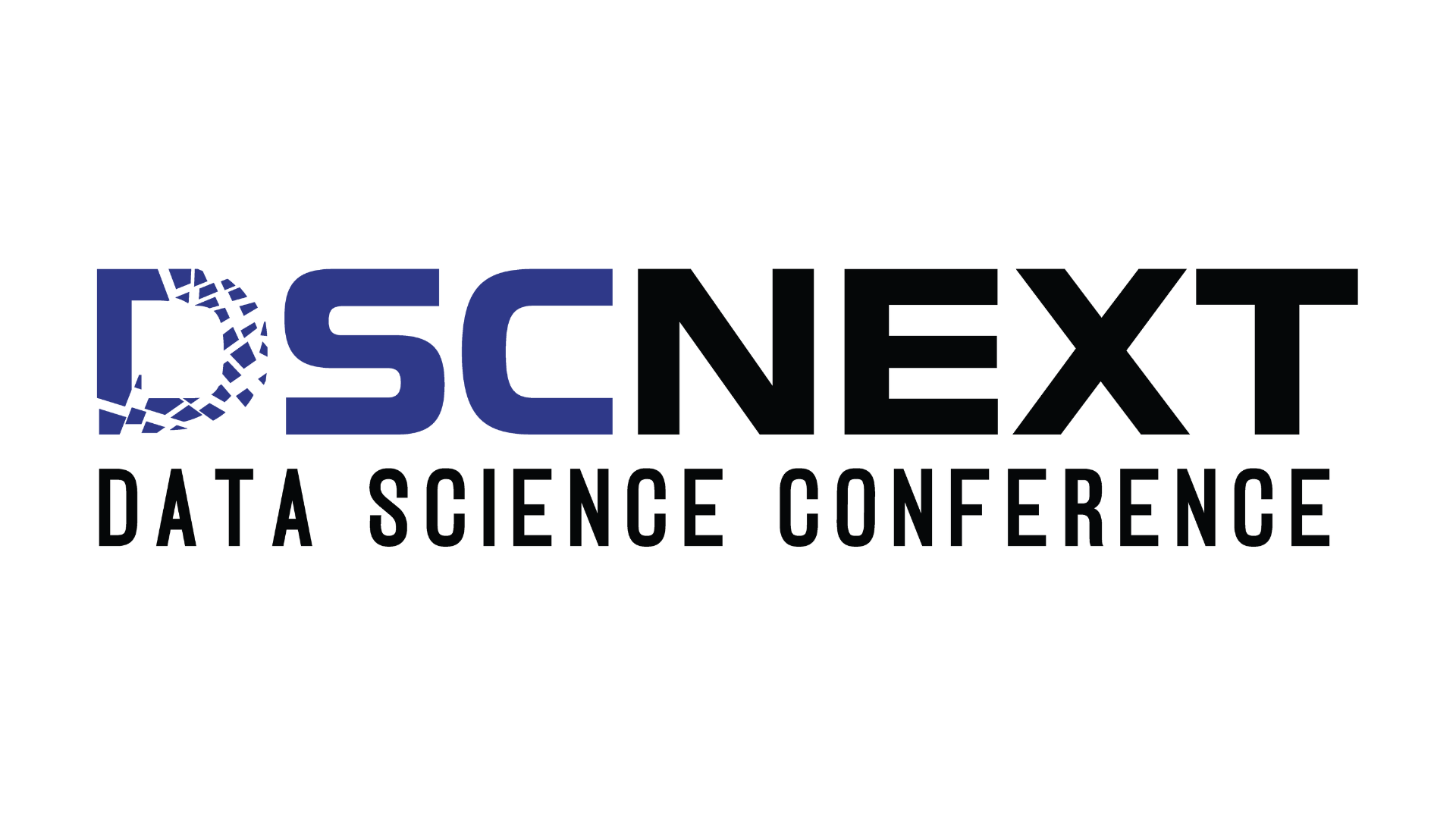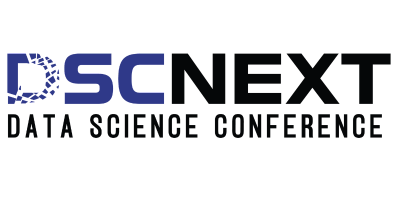
In the age of digital transformation, where data is generated at an unprecedented scale, Hadoop stands out as a revolutionary framework for big data storage and processing. Developed by Doug Cutting and Mike Cafarella, and inspired by Google’s MapReduce and Google File System (GFS), Hadoop has become a cornerstone for managing massive datasets efficiently. Its adaptability and scalability have made it indispensable in today’s data-driven world.
What is Hadoop?
Hadoop is an open-source framework that allows for distributed storage and parallel processing of large datasets across clusters of commodity hardware. At its core, Hadoop operates through four essential components:
HDFS (Hadoop Distributed File System): Ensures reliable storage by splitting data into blocks and distributing them across multiple nodes.
MapReduce: Processes data in parallel by dividing tasks into smaller subtasks.
YARN (Yet Another Resource Negotiator): Manages resources and schedules jobs.
Hadoop Common: Provides essential utilities for the framework’s operation.
Together, these components empower Hadoop to handle massive and complex datasets with unmatched efficiency.
Why is Hadoop Important?
Hadoop’s ability to handle structured, semi-structured, and unstructured data makes it ideal for big data analytics. Key benefits include:
Scalability: Easily scales to accommodate petabytes of data by adding nodes.
Cost-Effectiveness: Utilizes low-cost hardware, reducing infrastructure costs.
Fault Tolerance: Ensures data redundancy, safeguarding against hardware failures.
Flexibility: Processes diverse data types, including text, images, and videos.
These features position Hadoop as a vital tool for organizations seeking to harness the power of big data.
Applications of Hadoop
Hadoop’s versatility has enabled its adoption across various industries:
1. E-commerce: Analyzing customer behavior and improving recommendations (e.g., Amazon, Flipkart).
2. Healthcare: Processing patient data for personalized medicine and diagnostics.
3. Finance: Detecting fraud and managing real-time transactions.
4. Telecommunications: Optimizing network performance and analyzing user data.
Distributed Computing and Scalability in Hadoop
As organizations grapple with the growing data explosion, traditional systems often fail to meet storage and processing needs. Hadoop’s distributed computing model addresses these challenges, offering unparalleled scalability and efficiency.
Why Hadoop Excels in Scalability
Unlike conventional systems, Hadoop does not impose limits on data storage or processing. Its distributed architecture allows data to be stored across multiple servers, enabling the framework to handle petabytes of information seamlessly. Scalability is further enhanced by its ability to expand: new servers can be added to the network without interrupting ongoing operations.
Real-World Example: Facebook’s Data Warehouse
Facebook has built one of the largest data warehouses globally, heavily utilizing Hadoop’s capabilities. As of 2014, Facebook’s data warehouse stored over 300 petabytes of data, with an incoming daily rate of about 600 terabytes. This massive scale showcases Hadoop’s ability to handle extensive data storage and processing needs.
Source: Engineering at Meta
Statistical Insight: Global Data Growth
According to IDC, global digital data generation will surge from 33 zettabytes in 2018 to 175 zettabytes by 2025. This exceptional growth underscores the necessity of robust frameworks like Hadoop to manage and derive insights from these vast datasets.
Source: Forbes
These examples demonstrate Hadoop’s transformative role in addressing the challenges of today’s data-driven world.
Hadoop Ecosystem: The Backbone of Distributed Computing
Hadoop’s ecosystem is designed to manage complex data storage and processing needs efficiently. Key components include:
1. Hive: A data warehousing system that simplifies querying datasets stored in Hadoop HDFS.
2. Pig: Eliminates the need to write complex MapReduce functions, streamlining data manipulation.
3. Flume: Gathers, aggregates, and sends streaming data, acting as a bridge between HDFS and datasets.
4. Sqoop: Facilitates importing and exporting data between Hadoop and relational databases.
5. Zookeeper: A coordination service for distributed applications, acting as an administrative tool.
6. Kafka: A distributed messaging platform used for faster data transfers in real-time applications.
Together, these components ensure seamless communication and processing within the Hadoop ecosystem, enabling it to meet the demands of modern big data management.
Data Storage and Processing in Hadoop
Hadoop’s power lies in its two core components:
HDFS (Hadoop Distributed File System):
Distributes and replicates data across multiple nodes for reliability and efficiency.
MapReduce:
Breaks tasks into smaller sub-tasks, executed across the cluster in parallel for faster processing.
These components work hand-in-hand to efficiently store and process vast amounts of structured, semi-structured, and unstructured data.
The Role of Distributed Computing in Modern Data Management
Hadoop’s distributed computing model ensures:
Fault Tolerance: Automatic data replication prevents data loss during hardware failures.
High Availability: Distributed architecture ensures consistent performance even during high-demand periods.
Enhanced Speed: Parallel processing accelerates task completion, improving overall efficiency.
E-commerce giants like Amazon leverage Hadoop to analyze customer data in real time, enhancing user experience and boosting revenue.
Closing Thoughts
Hadoop has redefined the way organizations store, process, and analyze data, empowering them to unlock valuable insights. Its distributed computing capabilities, scalable architecture, and cost-effectiveness make it a game-changer in big data management.
With its seamless integration into cloud platforms like AWS, Azure, and Google Cloud, Hadoop continues to evolve, adapting to new technologies such as AI and IoT. As data generation grows rapidly, Hadoop’s role as a cornerstone of innovation in the era of big data is set to strengthen further.
Hadoop at DSC 2025: Shaping the Future of Big Data
At DSC 2025, the global hub for data science innovation, Hadoop will be spotlighted as a transformative force in big data management. Industry leaders and experts will discuss how Hadoop’s distributed computing and scalability are driving breakthroughs across sectors such as healthcare, finance, and e-commerce.
Key sessions will explore advancements in the Hadoop ecosystem, including its integration with AI, IoT, and cloud platforms. DSC 2025 promises to highlight how frameworks like Hadoop are empowering organizations to derive actionable insights from massive datasets, fueling the next wave of digital transformation.

